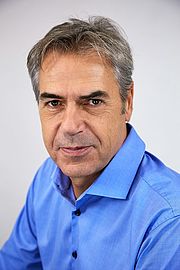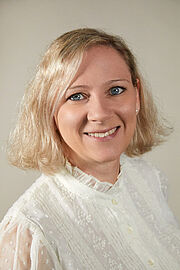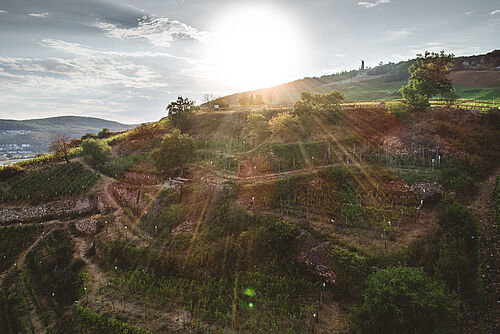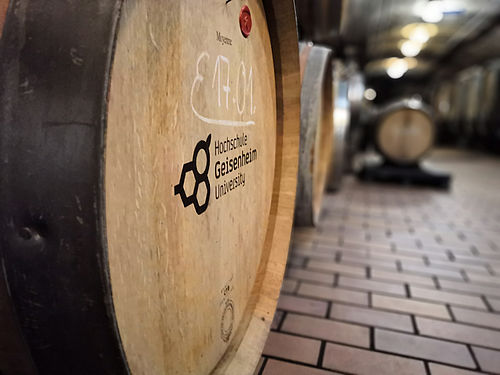'Krähennest' Student Project: Organic Cultivation and Biodiversity of Riesling on Recultivated Old Terraces
Hands-on experience in the vineyard, old terraces and dry-stone walls, organic cultivation and a rich biodiversity – our ‘Krähennest’ project is a true student project as 100 % of the proceeds will go back into teaching.
- Ancient terraces and dry-stone walls
- 14 terraces stretching out on nearly 2,800 square meters (2,744 m2 to be exact) with 1,266 square meters reserved for enhancing biodiversity (not used for wine-growing)
- Last remaining terraced vineyard in the core area of the “Rüdesheimer Berg” vineyard site
- Recultivated in 2005 after lying fallow for almost 80 years
- First terraces were planted in 2006
- Real student project right from the start
- Name is taken from the Middle High German word ‘Kronnest’

Our goal was to ensure a high level of biodiversity, so we planted 20 different Riesling clones from various regions on seven different rootstocks to increase the vineyard’s resilience to extreme weather and boost biodiversity.
During the recultivation process, an old vine of the “Yellow Orleans” variety, planted in the Middle Ages, was found. The exact age of the vine is unknown.
The vineyard boasts a unique flora and fauna (e.g. orchids) and a very high number of different species.
From students for students
Our goal was/is to give students a better understanding of the terroir and to show them the benefits of steep slopes and terraced vineyards. We also wanted them to experience the role of manual work in a unique and diverse environment, and try to reflect this diversity in the wine. How to work with dry-stone walls is also demonstrated in this vineyard.
The vineyard is managed by students as part of their student project, which is then continued in the Department of Enology.
- Limited Magnum edition
- Terroir: Taunus quartzite, mineral impact, great aging potential
Our Campus Winery
The campus winery, which dates back to the beginning of the former research institute, links the three departments of Grapevine Breeding, General and Organic Viticulture, and Enology, and enables us to translate basic and application-oriented research into practical solutions. The winery covers the entire value chain from grapevine breeding to grape production, and from winemaking to marketing. Improving and safeguarding the quality of wine is the cornerstone of our research activities. Since 1996, we have been a member of the Verband Deutscher Prädikatsweingüter (VDP) – the Association of German Prädikat Wine Estates – that proves the high quality of our wines.
Our winery covers approximately 24.5 hectares of vineyards, including outstanding sites in the sub-districts of Geisenheim, Rüdesheim and – given our research focus on steep slope viticulture – the sub-district of Kaub. As the Rheingau area is mostly dominated by Riesling, our vine varieties might come as a surprise: although Riesling and Pinot Noir are still taking center stage, they have become increasingly flanked by other national and international vine varieties.
Other departments also benefit from the infrastructure of our winery. Grapes, must and wines that are not used for research and teaching are matured and sold to customers. Various trial wines from our new product line “Wissensdurst” (“Thirst for Knowledge”) are also on offer.
News
When you study natural sciences and the miracles of creation and you don't turn into a mystic, you are not a natural scientist

VIP


Contact
University President and Project Founder

Communication






















